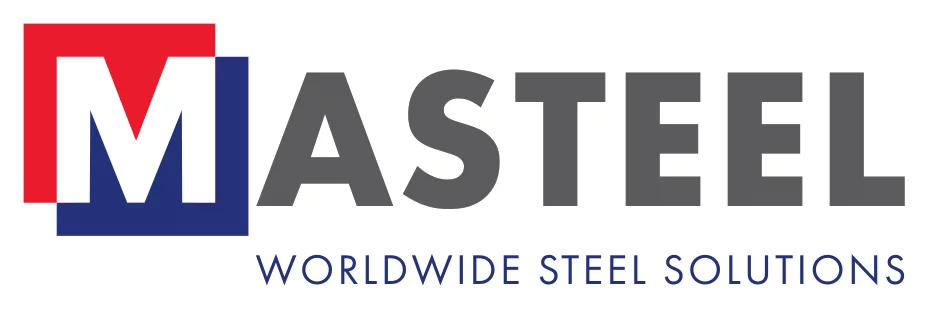A SPAA (Self-Propelled Anti-Aircraft) vehicle is the frontline’s answer to sudden, low-altitude threats, from drones skimming treetops to helicopters flanking behind ridgelines and jets sweeping in under radar. Built on armored chassis and armed with radar-guided cannons and short-range missiles, these vehicles blend firepower with mobility to defend troops and infrastructure in real time. Rather than relying on fixed positions, SPAA vehicles operate in step with advancing forces, delivering flexible air defense exactly where and when it’s needed. Their integration into mobile operations ensures continuous protection in scenarios where fast, responsive air defense makes a critical difference.
Core Systems: Detect, Track, Eliminate
SPAA vehicles are built around a triad of critical functions that work together to counter airborne threats: detecting incoming targets, tracking their movements, and eliminating them with precision firepower.
- Detect: The process begins with onboard radar systems, often using Active Electronically Scanned Array (AESA) technology. These radars sweep the surrounding airspace to identify potential threats such as drones, helicopters, and fast jets. Within many systems, radar is supported by infrared and optical sensors that provide additional data in cluttered or low-visibility conditions.
- Track: Once a target is located, the fire control system takes over. It calculates the object’s speed, altitude, direction, and distance, updating this information in real time. The continuous stream of targeting data enables the vehicle to maintain a reliable lock, even while in motion or facing multiple threats simultaneously.
- Eliminate: With tracking data in place, the system directs the appropriate weapon to intercept the target. Weapon loadouts typically include high-rate-of-fire autocannons and short-range guided missiles, each suited to different types of threats. This combination allows SPAA vehicles to deliver rapid, flexible responses across a wide variety of aerial targets.
Material and Manufacturing Requirements
Designing SPAA vehicles for combat operations calls for materials that do more than simply endure. Every element must contribute to a system that absorbs force, regulates heat, and protects onboard electronics, all while enabling rapid, coordinated movement in demanding environments.
Ballistic Protection and Armor Integrity
Armor plays a critical role in shielding SPAA vehicles during direct engagements. The selection of materials is driven by the need to stop incoming fire without adding unnecessary weight. Protection 400 and Protection 500 meet this demand with high hardness and certified ballistic resistance. Therefore, they’re well suited for turret and hull applications where impact protection is vital.
Structural Strength and Mobility
Maintaining structural integrity under load is just as important as mobility in the field. SPAA vehicles must support heavy systems like guns and radar units while remaining agile across varied terrain. S690QL and S960QL provide the strength required for key support structures, ensuring the vehicle can carry its full payload without mechanical fatigue. For builds that prioritise speed or modularity, S700MC and S960MC deliver reduced weight alongside high mechanical reliability, helping the vehicle adapt quickly to shifting tactical needs.
Thermal and Electronic Resilience
Combat performance also depends on the ability to manage heat and maintain electronic stability. Continuous firing generates significant thermal stress, particularly in barrels and recoil assemblies. Nickel-based alloys are used in these areas to prevent deformation and ensure consistent operation. In parallel, polymers and shielding materials are used to protect electronics from electromagnetic interference and reduce the vehicle’s detectability on the battlefield.
By aligning material properties with mission demands, SPAA platforms are equipped to deliver performance, survivability, and tactical flexibility under pressure.
Advantages of SPAA Vehicles
Effective air defense depends on speed, coverage, and flexibility. SPAA vehicles deliver all three through autonomous targeting, versatile weapons, and mobility tailored for front-line operations. Their integration into active units supports dynamic air defense strategies across varied environments. They:
- Intercept low-altitude threats: Targeting quadcopters, loitering munitions, attack helicopters, and fast jets flying below radar coverage.
- Engage autonomously: Using onboard sensors and fire control to operate without external guidance.
- Traverse varied terrain: Navigating dense urban environments, open desert, and mountainous terrain while keeping pace with mechanised units.
- Combine guns and missiles: Countering UAV swarms, cruise missiles, rotary-wing aircraft, and fixed-wing strike platforms.
Deployment Scenarios for SPAA Vehicles
SPAA vehicles are used in areas where traditional air defenses cannot provide continuous or flexible coverage. These platforms are found in:
- Armored formations: Delivering close-range air defense for tank and infantry units during offensive pushes and flanking maneuvers.
- Urban operations: Mitigating threats from commercial drones used for surveillance or IED delivery in dense cityscapes.
- Strategic logistics corridors: Defending convoys and forward operating bases from UAV and missile attacks.
- Amphibious landings: Protecting disembarking forces and equipment on unsecured coastlines.
Precision Steels for Next-Generation SPAA Vehicles
SPAA vehicles are only as effective as the materials behind their design. At Masteel, we supply a full portfolio of defense-grade steels tailored to the demands of mobile air defense. Our Protection 400 and Protection 500 plates offer certified ballistic shielding for turrets and hulls, where stopping power matters most. For chassis and support structures, S690QL and S960QL deliver high strength with a leaner weight profile. When agility and modularity are key, S700MC and S960MC provide the flexibility to adapt without sacrificing durability. These materials support SPAA vehicles where it matters most, helping them stay mobile, accurate, and operational under pressure. Connect with us to see which of our steels would be the best fit for your SPAA vehicles to keep them mission-ready.
